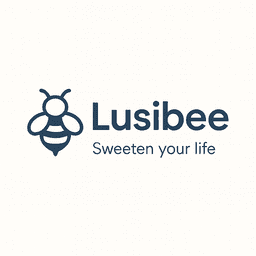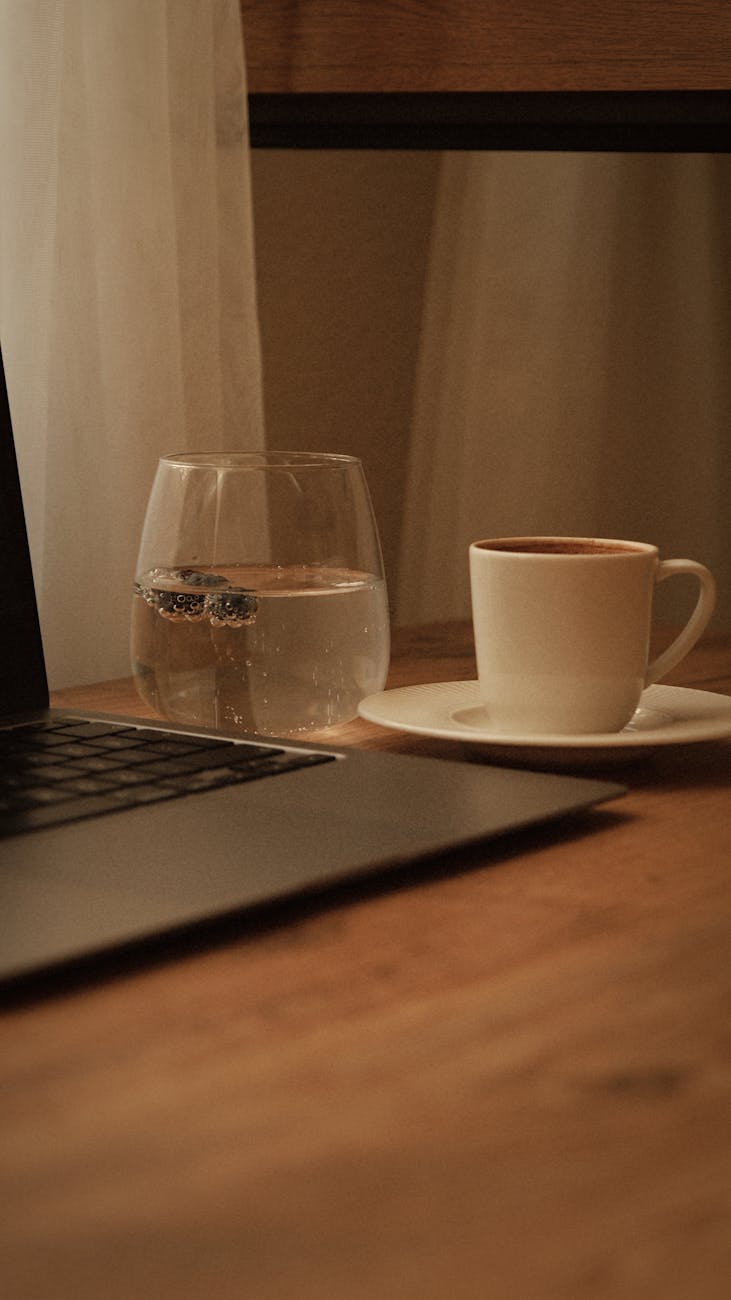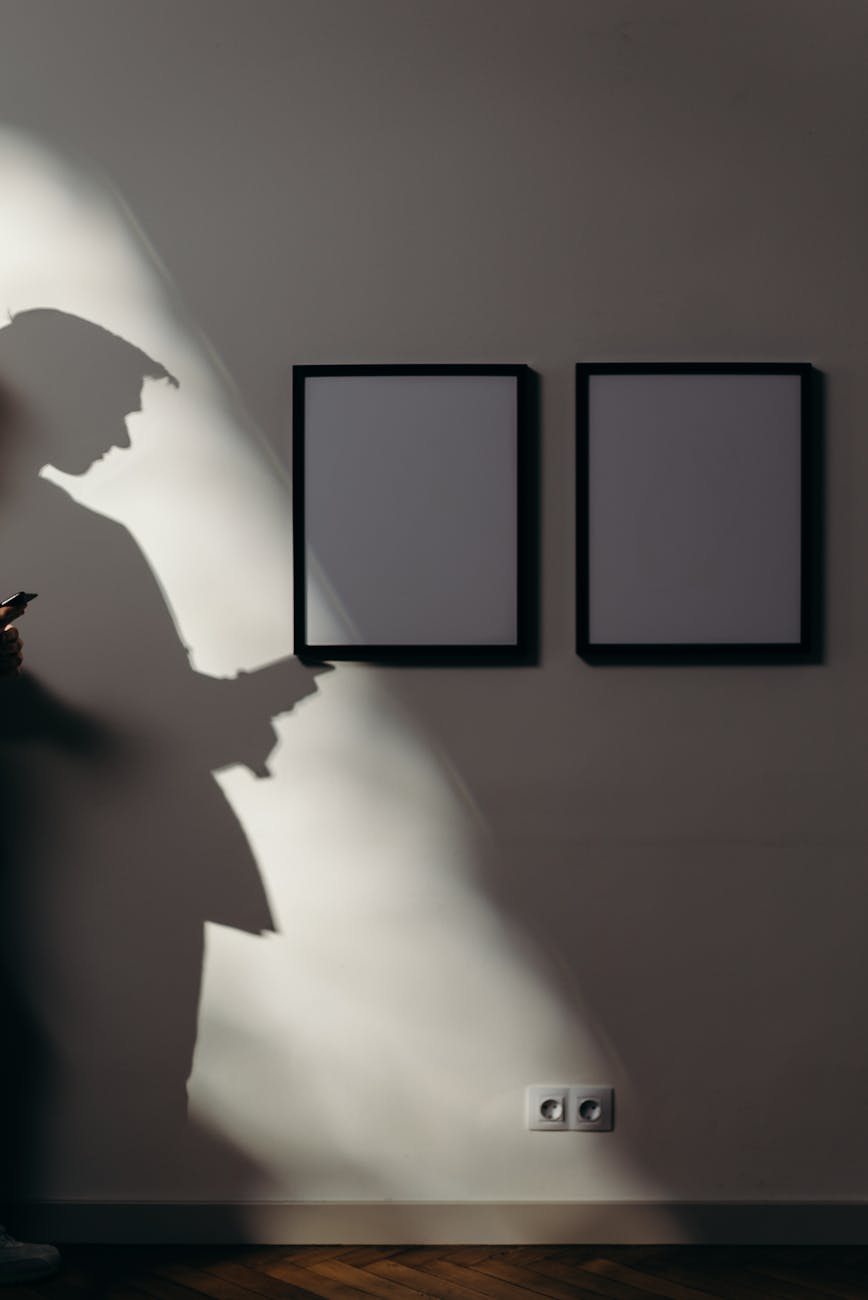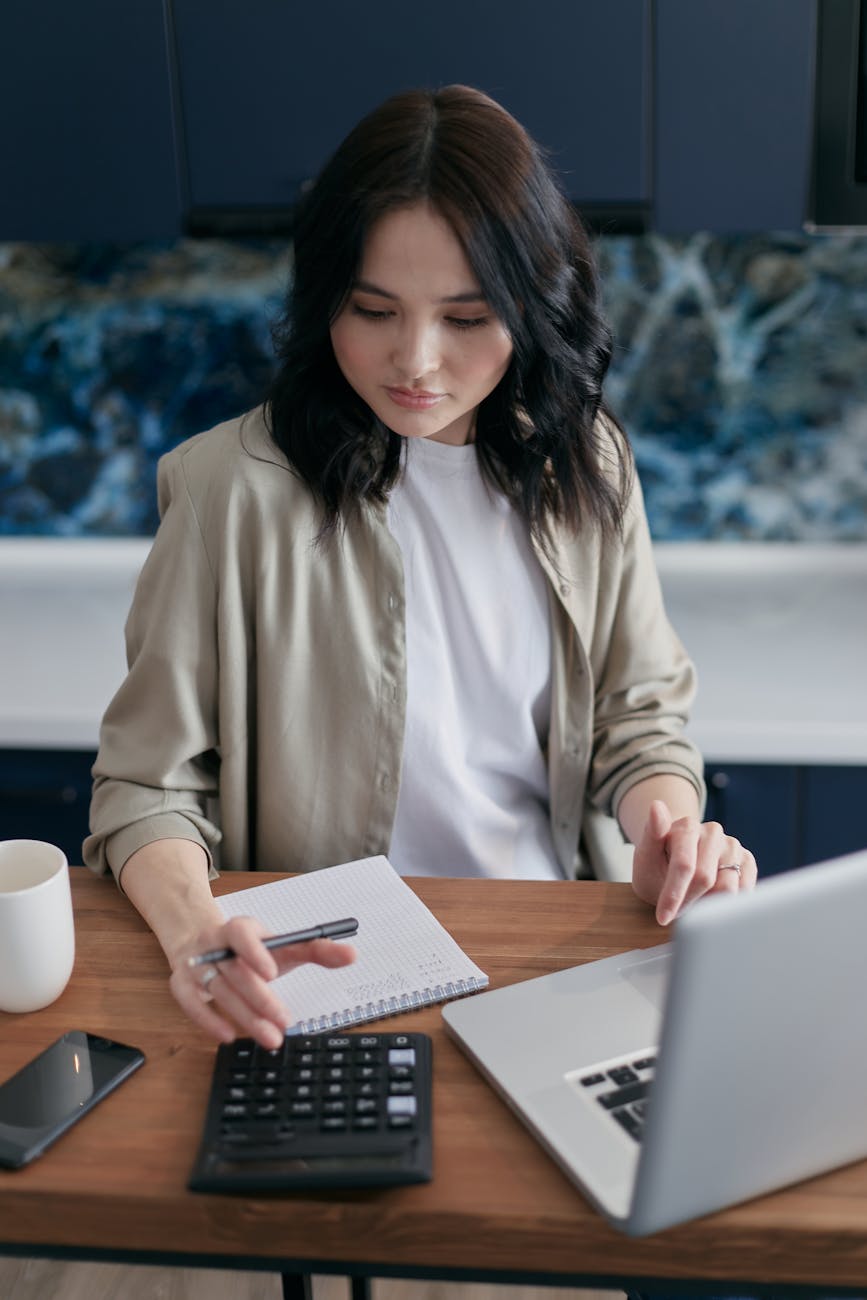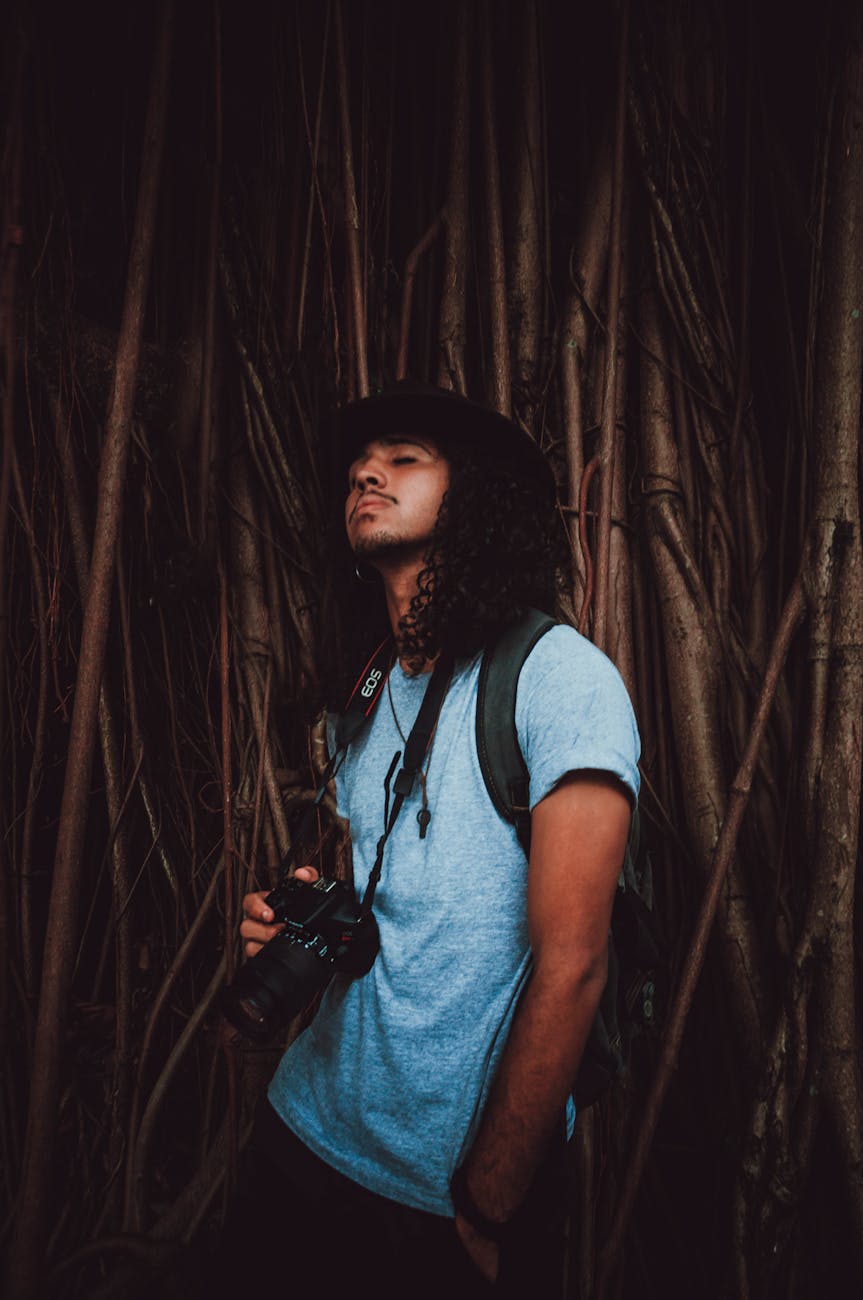
Unique creative ways to spend free time and spark inspiration
Introduction
Free time is a scarce resource for many, and how you use it can change the way you think, work, and create. This article explores practical, unconventional strategies to turn idle hours into a steady source of ideas and momentum. You’ll learn how to reframe downtime as research, build small projects that grow into meaningful pursuits, combine unrelated activities for fresh perspectives, and set up rituals and environments that keep inspiration flowing. Each section connects to the next so you can develop a repeatable, scalable approach to creativity that fits into daily life. Expect concrete examples, scheduling tips, and a sample table to help you pick the best activities for your goals.
Reframe free time as creative research
The first shift is mental: instead of viewing free time as a gap to fill, treat it as intentional research. That mindset turns curiosity into a measurable activity. Spend at least one session per week explicitly collecting materials – photos, quotes, unusual facts, textures, or sketches – and tag them in a notebook or digital folder.
- Micro-safaris: Take 30- to 60-minute walks with a prompt (color, pattern, sound). Capture items that answer the prompt.
- Curiosity logs: Keep a single-sheet log for each session: date, prompt, three findings, one question. Over time patterns emerge and spark projects.
- Rapid reading: Rotate short articles from different domains (science, design, local news) and summarize one surprising insight in one sentence.
These practices make free time accountable. When you accumulate small research artifacts, you create a raw material bank that fuels later creative work instead of relying on inspiration to strike on demand.
Micro projects that scale into passions
Once you have a bank of research, convert it to micro projects. These are deliberately small, timeboxed experiments designed to be completed in one to five sessions. The goal is momentum and learning, not perfection.
- Set clear constraints: Limit materials, time, and scope. Constraints breed creativity and prevent overwhelm.
- Iterate quickly: Finish, reflect, and adapt. Each micro project should end with a note: what surprised you, what to try next.
- Share selectively: Publish one micro result weekly on a blog, social feed, or to a trusted circle. Feedback accelerates improvement.
Micro projects convert scattered free-time activities into a portfolio of small wins. Over months, several micro projects can coalesce into a larger, sustainable passion or creative practice.
| Activity | Time per session | Recommended frequency | Creative payoff (1-5) |
|---|---|---|---|
| Photo prompt walk | 30-60 minutes | 2x/week | 4 |
| One-page microfiction | 20-40 minutes | 3x/week | 3 |
| Skill sprint (instrument, sketching) | 15-30 minutes | Daily | 5 |
| Cross-discipline reading | 20 minutes | Daily | 4 |
| Random collaboration (swap prompts) | 60-90 minutes | Weekly | 4 |
Cross-pollination: combine unrelated activities
Creativity often comes from connecting distant ideas. Use free time to intentionally pair two unrelated practices – for example, cooking while listening to a podcast about architecture, or sketching while taking a nature walk. The friction between disciplines produces novel metaphors and problem-solving strategies.
- Design prompts: Take a routine task and apply a different discipline’s lens – how would a composer organize your morning routine? What metaphor would a botanist use for a meeting?
- Swap formats: Convert something from one medium to another – turn a photograph into a six-line poem, or map a conversation into a storyboard.
- Pair with people: Create a weekly exchange with someone from another field and challenge each other with prompts.
Cross-pollination builds a creative ecosystem: your research bank fuels micro projects, and these pairings produce the surprising links that make bigger, original ideas feasible.
Rituals and environments that sustain inspiration
Finally, design rituals and environments that make it easy to enter a creative state. Small, consistent cues help your brain switch from passive to generative modes during free time.
- Environmental cues: Keep a dedicated space or portable kit (notebook, pen, phone playlist) so starting is low-friction.
- Time rituals: Anchor free-time creativity to existing habits – after morning coffee, do a 15-minute sketch; before bed, write one curiosity log entry.
- Reflection routines: Weekly review of your research bank and micro projects helps prioritize what to scale and what to retire.
Consistency is more important than intensity. A predictable ritual turns occasional sparks into a steady flame, and the environment reduces resistance so you spend free time creating instead of negotiating where to start.
Conclusion
Free time becomes fertile when you combine intentional research, focused micro projects, cross-disciplinary mixing, and sustaining rituals. Start by reframing idle hours as a chance to gather curiosities. Convert those curiosities into short, constrained projects that generate momentum and learning. Then, deliberately cross-pollinate activities to produce unexpected connections and richer ideas. Finally, set up simple rituals and environments that lower activation energy and make inspiration repeatable. Taken together these steps create a loop: research feeds experiments, experiments yield insights, cross-pollination expands possibilities, and rituals keep the process ongoing. Pick one practice to try this week and build from there.
Image by: Eduarda Portrait
https://www.pexels.com/@eduardasantos2019
